Artist Kent Estey listens to his heart
"I trust myself, and I listen to what my heart tells me I should paint," he said of his work.
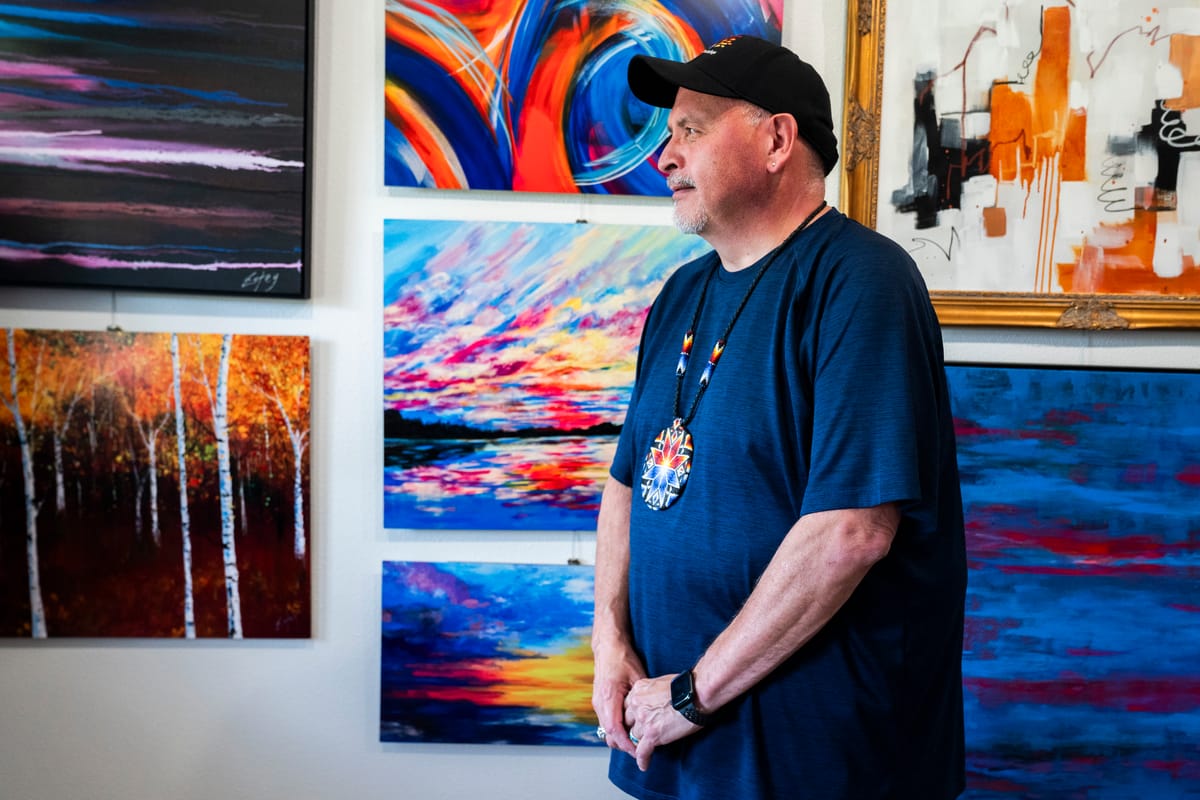
Kent Estey wants his art to speak for itself.
The 64-year-old member of the White Earth Nation of Ojibwe said he felt pressure to be an Anishinaabe artist when he began painting. Estey wanted to freely express himself without having to be overtly cultural in his paintings.
People started commissioning paintings from Estey with their own ideas of what they thought he should paint, such as wolves, eagles, or teepees, – the Ojibwe refer to the latter as wigwam, he said.
“I tried to do that for a few years, and the result of that was I was painting for everybody else, and not me. And so the joy left in that, so I quit painting,” he said.
Then he found the art of George Morrison, an artist from the Grand Portage Reservation.
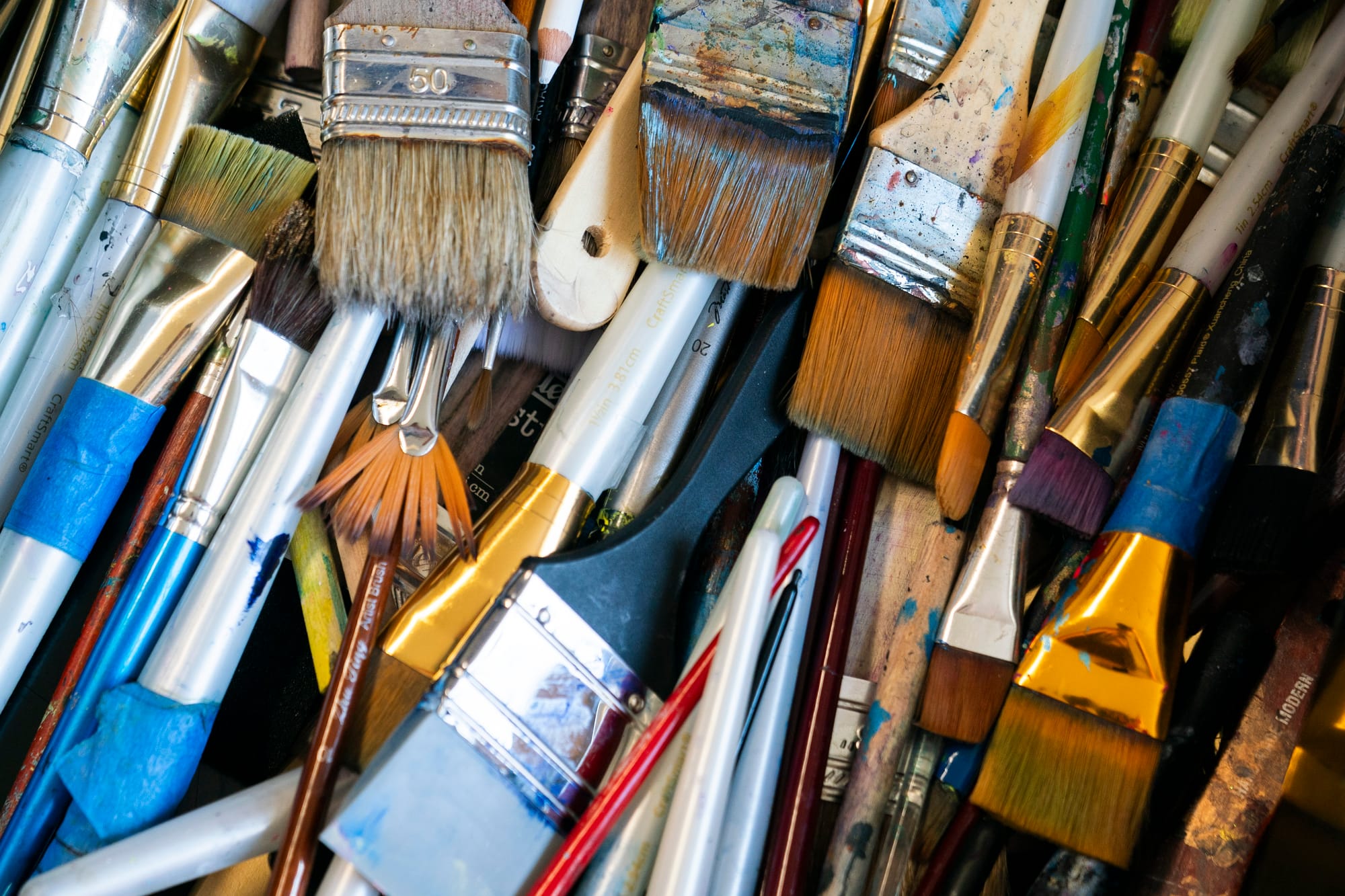
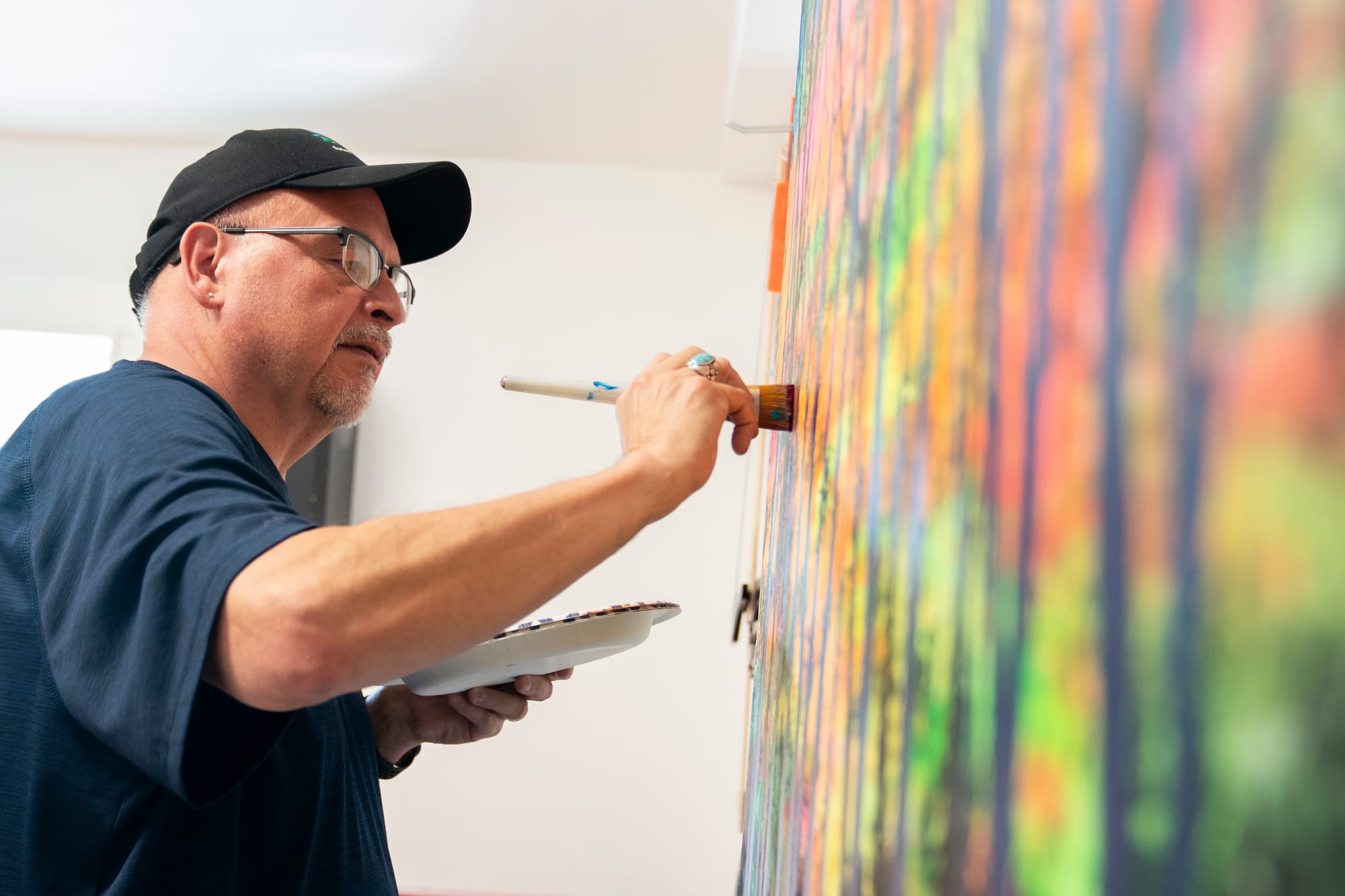
“I started researching his life, and he said a couple of things that totally changed me. He said, ‘I'm not a Native American artist. I'm an artist who just happens to be Native American,’” Estey said. “And he said the best way for him to honor his heritage was to paint what he feels and expressing his culture through his feelings and the movement that's on canvas and the colors that he used, and that made sense to me, so I picked up my paintbrush again.”
Estey specializes in landscape painting and became a full-time artist when he retired from education in 2022. His paintings contain effervescent depictions of the sky, land, trees, and water, as well as abstract art that visualizes earthy patterns within congruent spaces on each canvas.
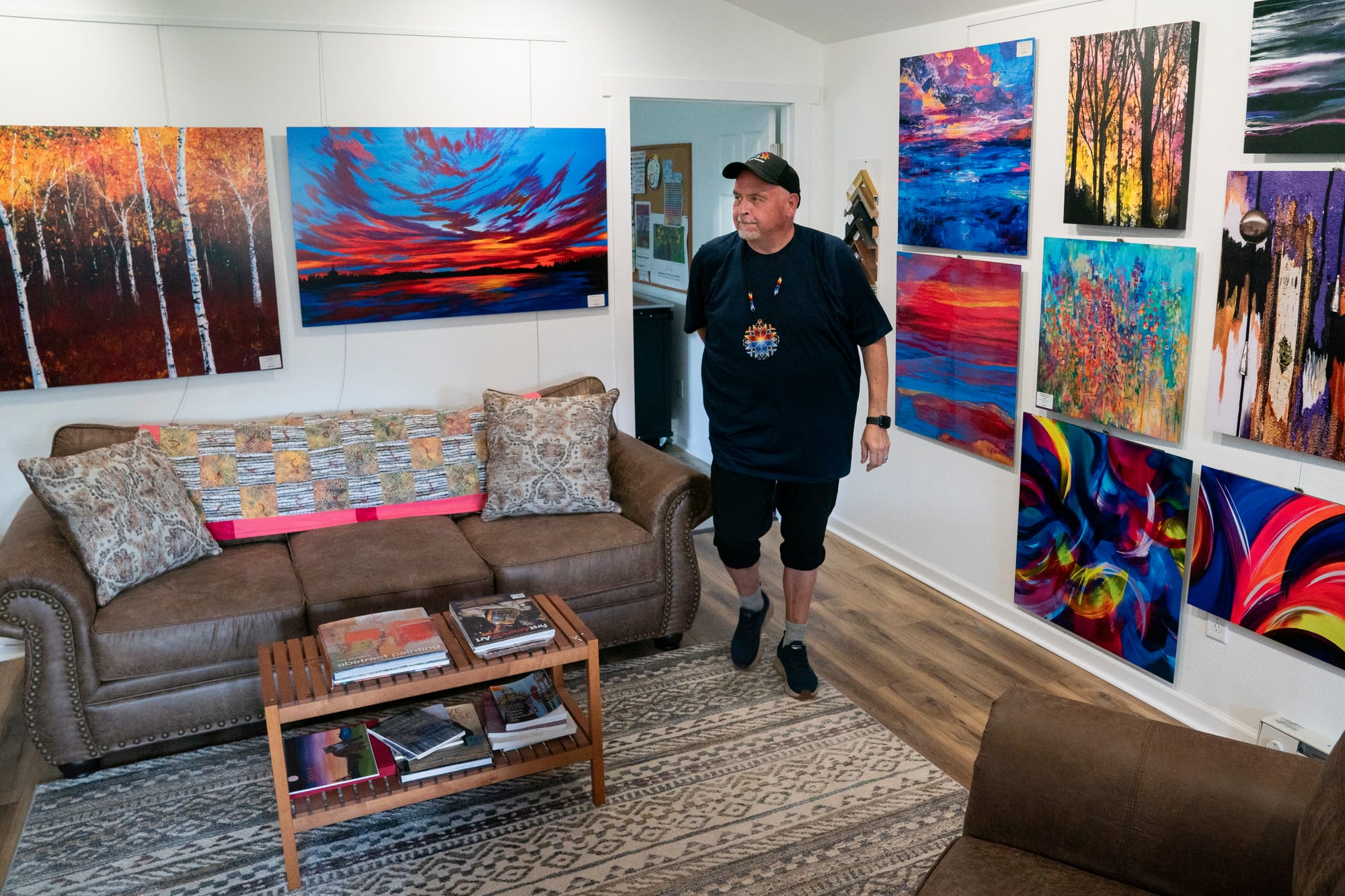
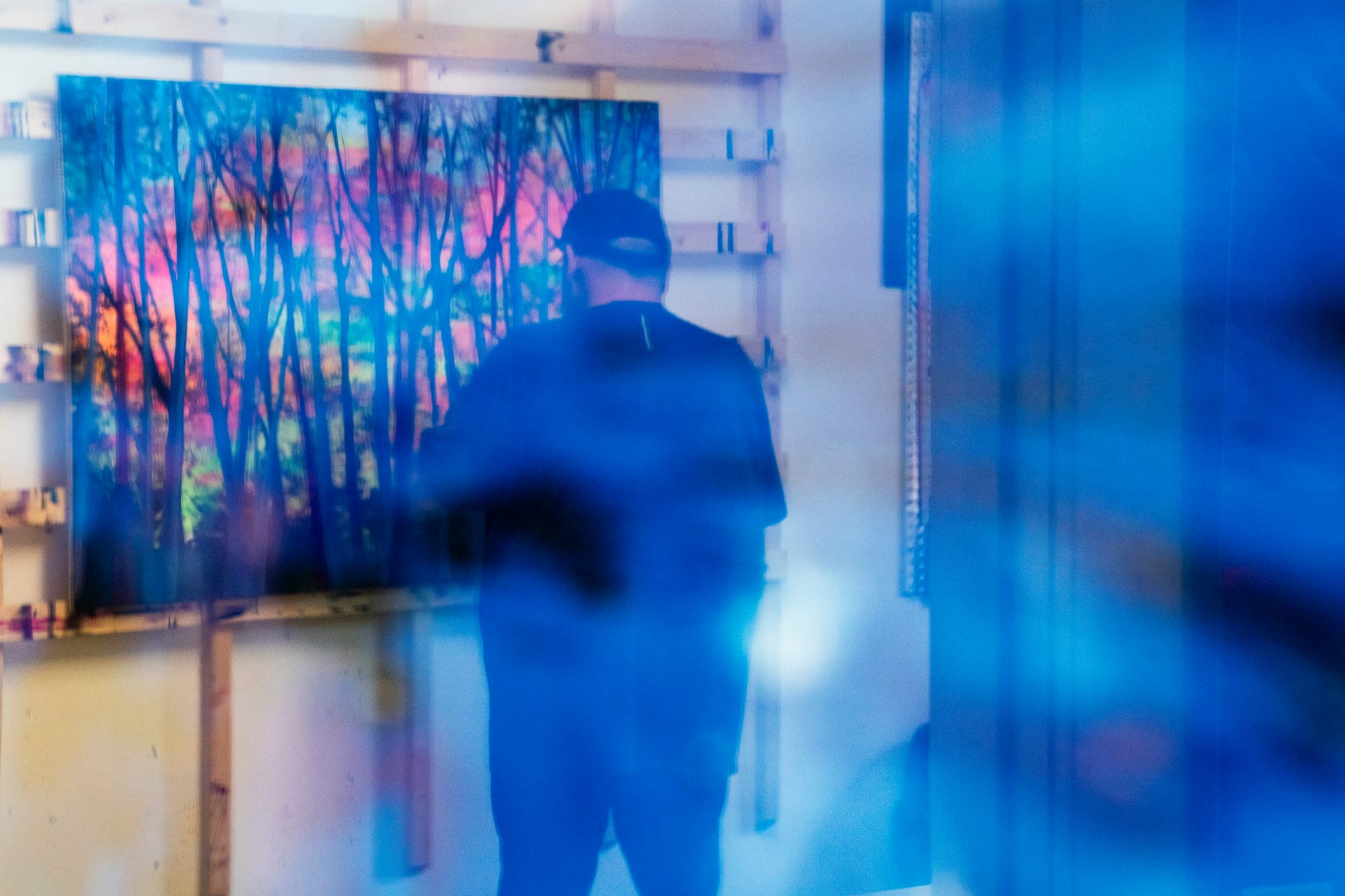
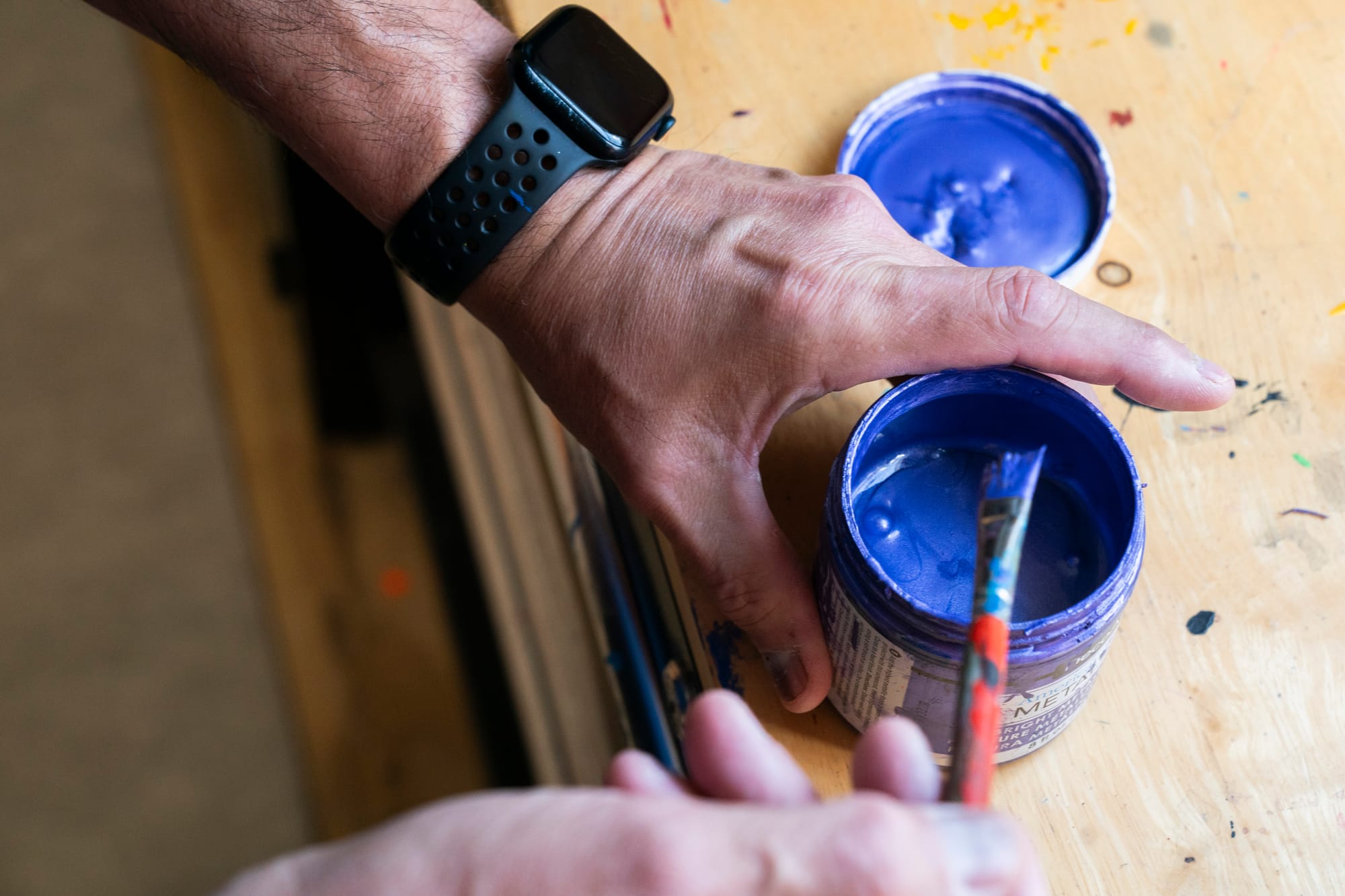
Estey grew up in a family of artists and musicians in Naytahwaush, Minn., on the White Earth Reservation, where there were no shortages of creative outlets for him to pull from. Estey’s earliest influence was Josephine Robinson, his grandma, who was a black ash basket-maker.
Nature is ingrained in his identity as a protector and preserver of its beauty, a mindset he brings to his paintings.
“I'll hear this in my head, and I know where it comes from. It's my Creator saying it's all about woods, sky, the horizon line, and beautiful lakes, and the trees, and you know, that's my favorite subject matter,” he said.
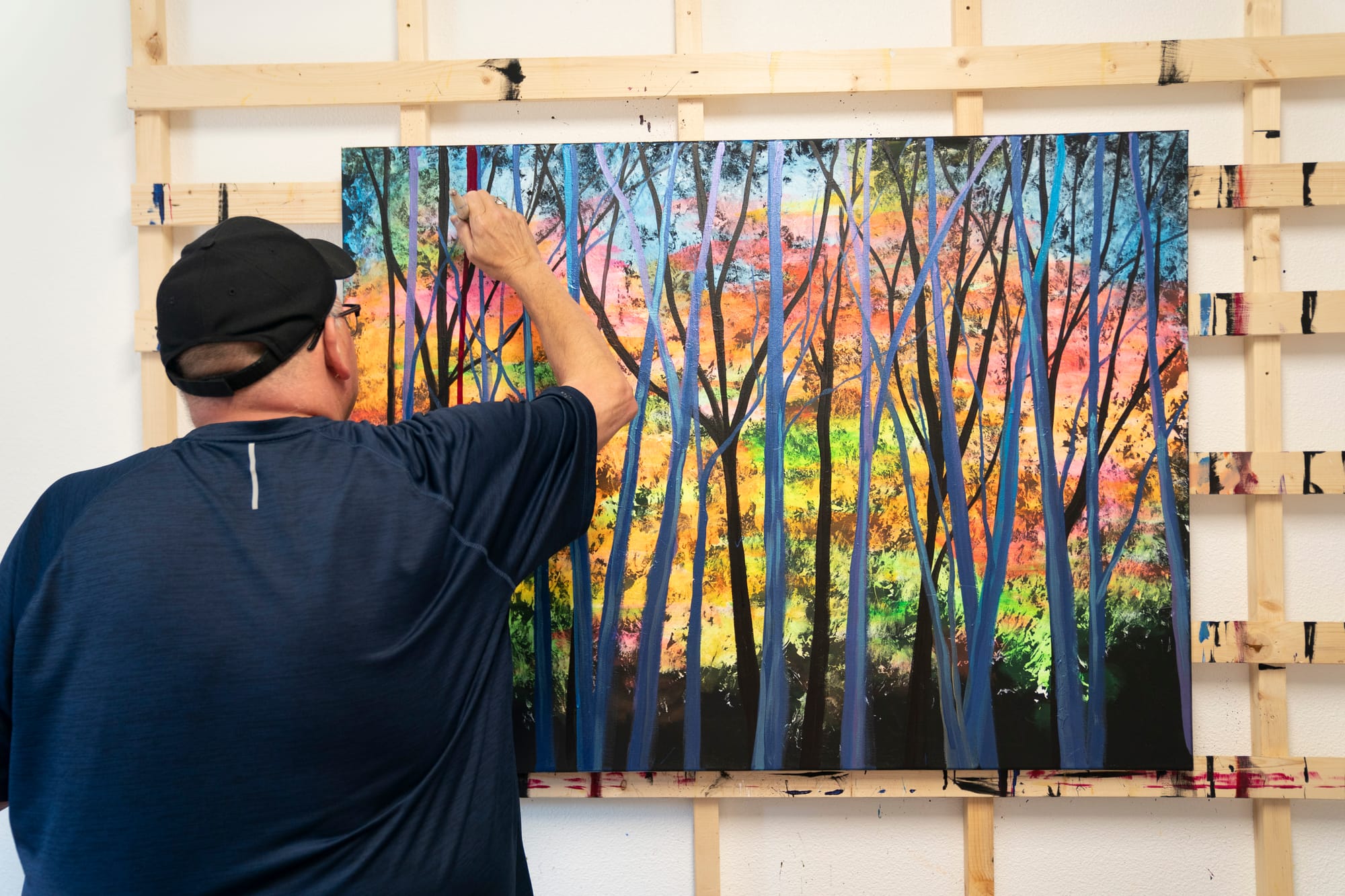
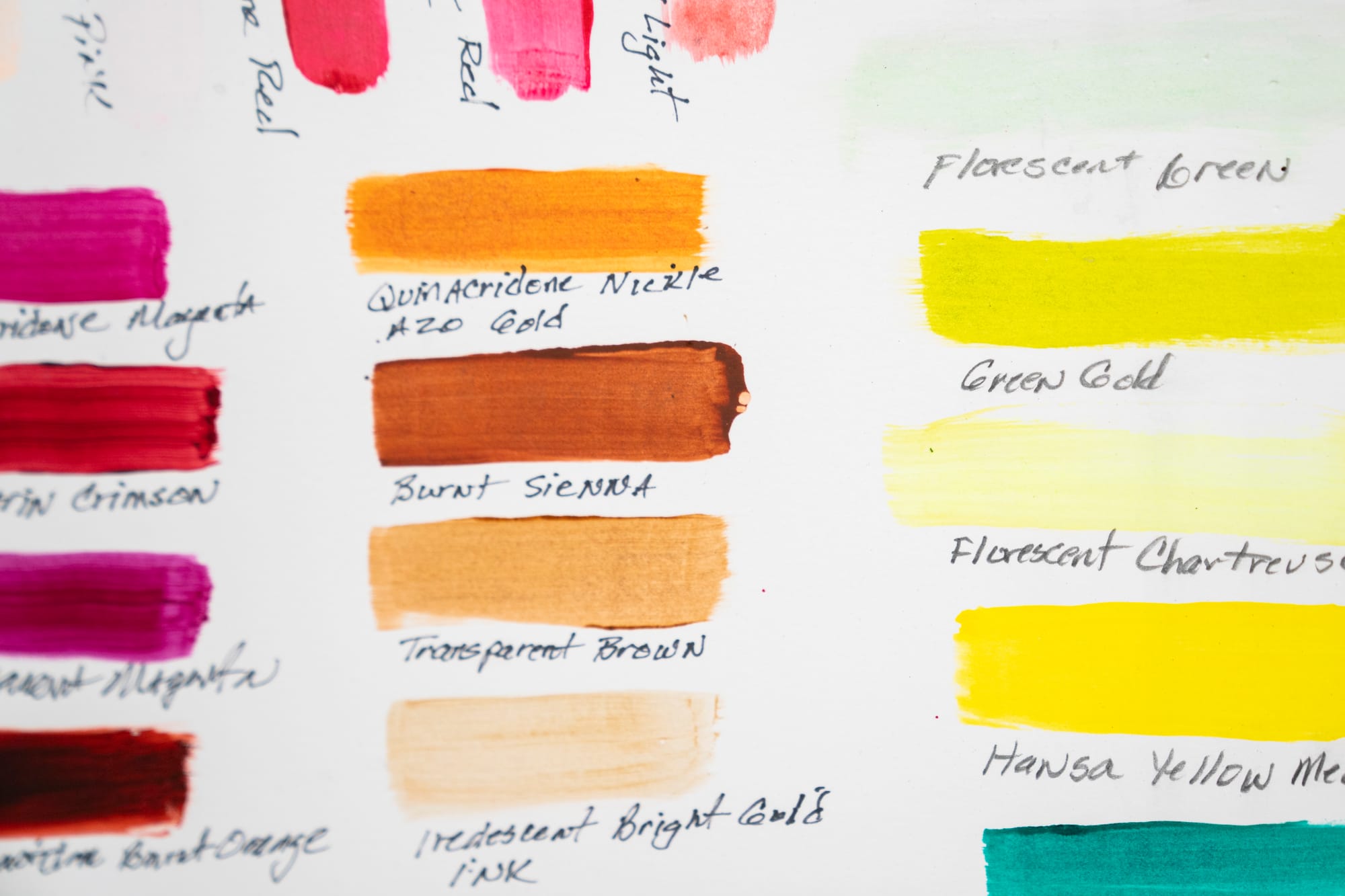
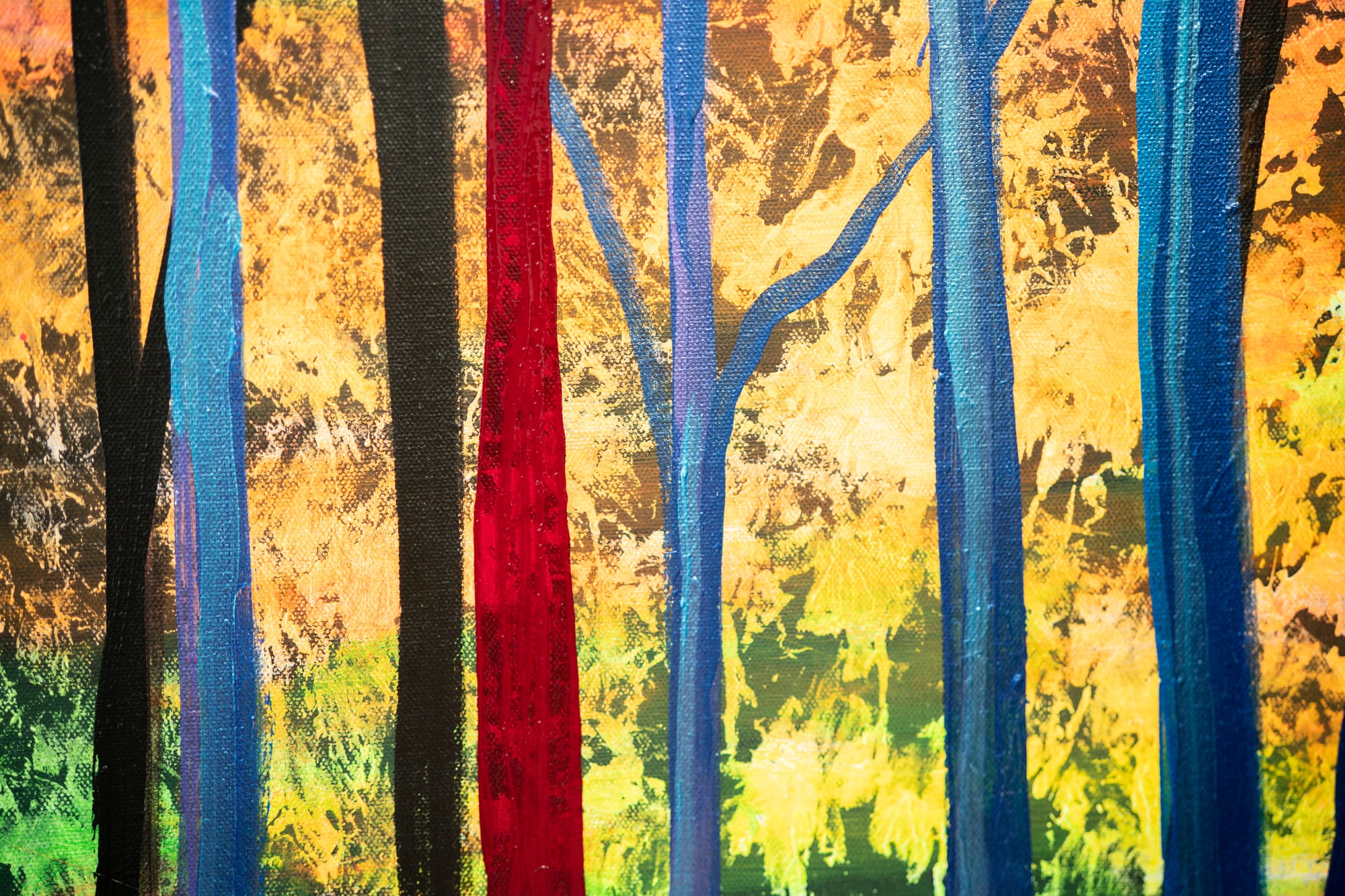
Estey has lived and worked his whole life on the White Earth Reservation. He taught multiple subjects, including technology, for 38 years in Naytahwaush’s school district. Estey and his wife, Becky, helped establish Naytahwaush Community Charter School in his last 20 years as an educator. Estey also hosts workshops at his home studio to teach painting techniques to kids.
“If you would have spoken to me 10 years ago, I probably wouldn't have told you that I was an artist, because those words hadn't come out of my mouth yet. I didn't classify myself as an artist," he said. "I classified myself as someone who liked to paint every now and then, although I've been painting for 40 years."
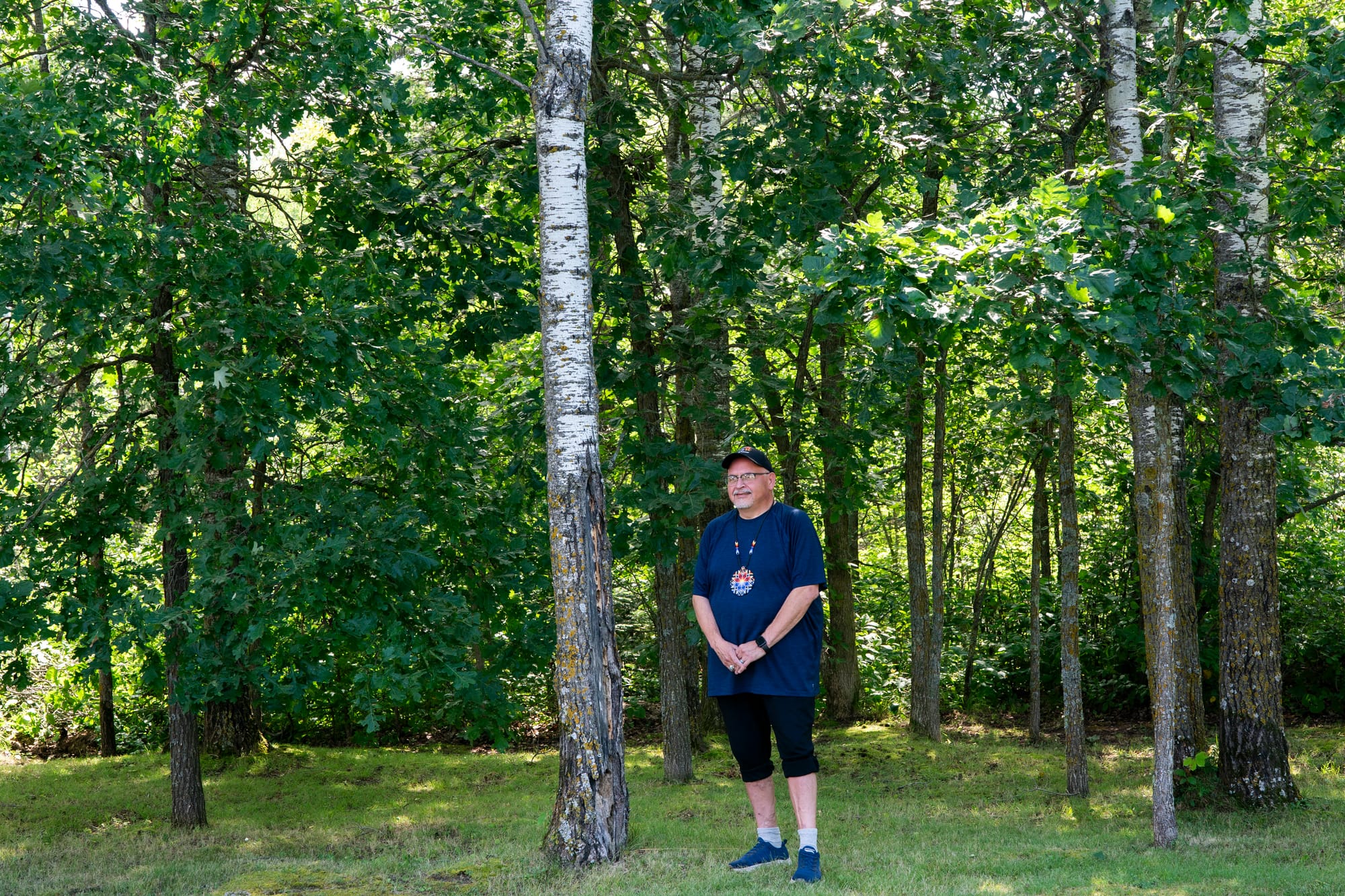
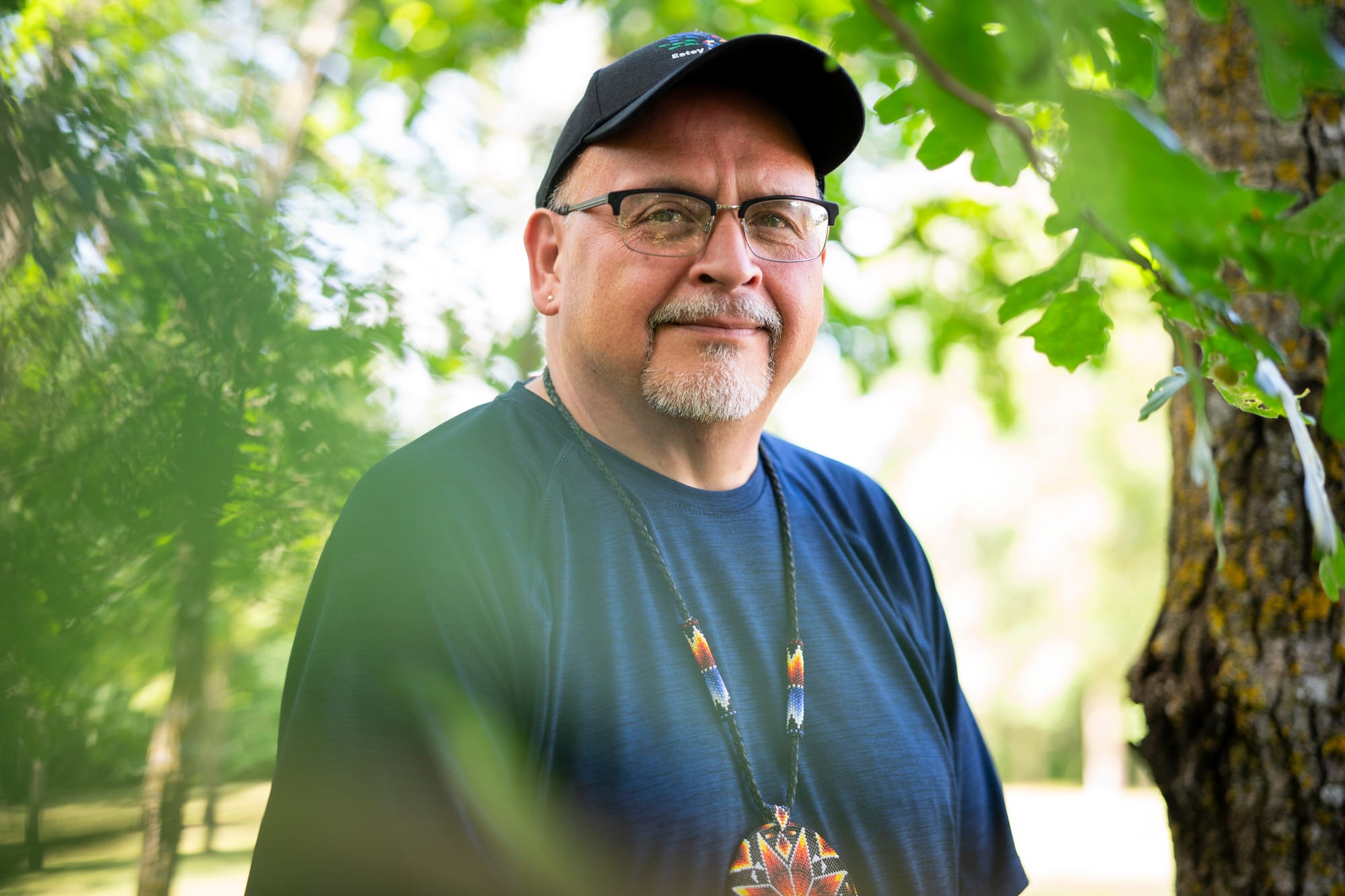
Project Optimist spoke to Estey about the role nature plays in his art. The following conversation has been edited for grammar, style, and space constraints.
Project Optimist: How do you see your role as an artist in representing and honoring your Anishinaabe heritage and community?
Kent Estey: The landscape is deeply intertwined with Anishinaabe culture. By drawing inspiration from the landscapes, skies, and waters around me, I try to capture the beauty of our ancestral homelands. While I don't feel the need to overtly incorporate traditional Anishinaabe imagery, my work is infused with the sensibilities, colors, and perspectives that come from my cultural background. I want to show that contemporary Anishinaabe art can take many forms.
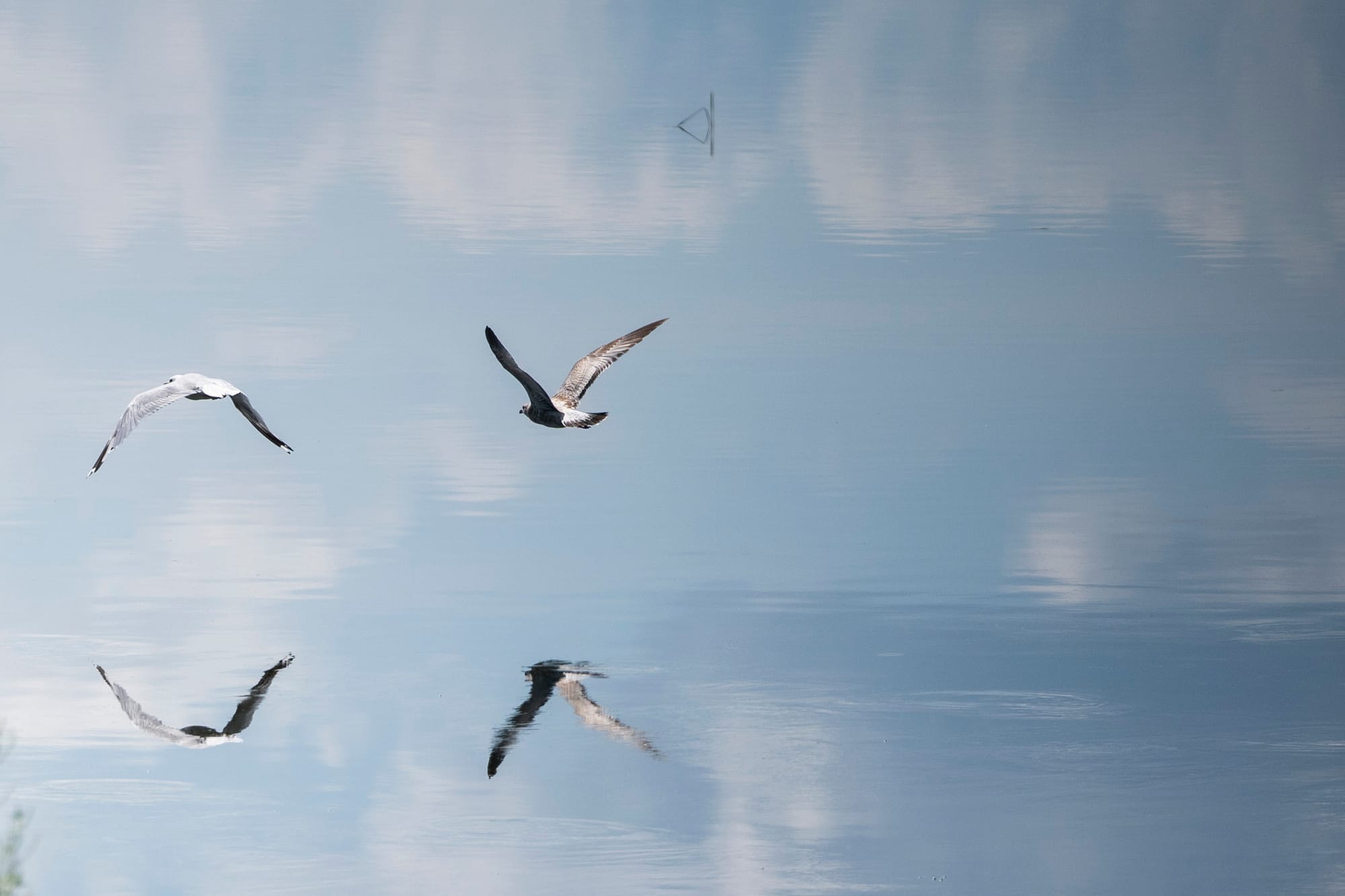
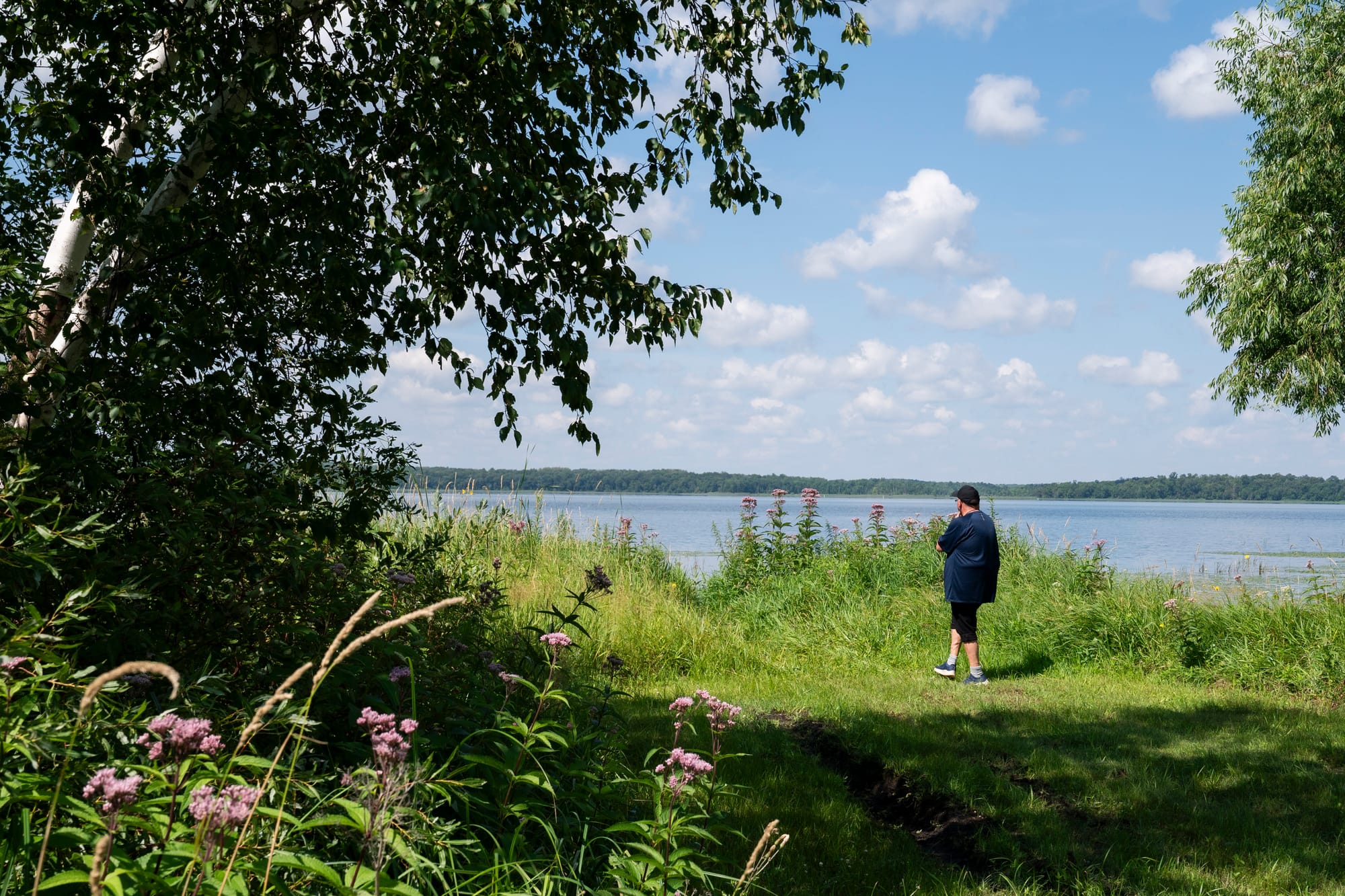
PO: What role does nature play in your art?
KE: As an Anishinaabe person, I don't think you can separate nature from who we are. It's who we are. I am so grounded on the property that I live in; you can't separate me and my family from this land. It's a part of our family — a family of hunters-gatherers that appreciate and respect water, life, and the spirit of everything. And so you cannot separate us from nature and the beauty that's around us. It's just who we are … Being able to honor this land with the work we do here is incredibly special to me.
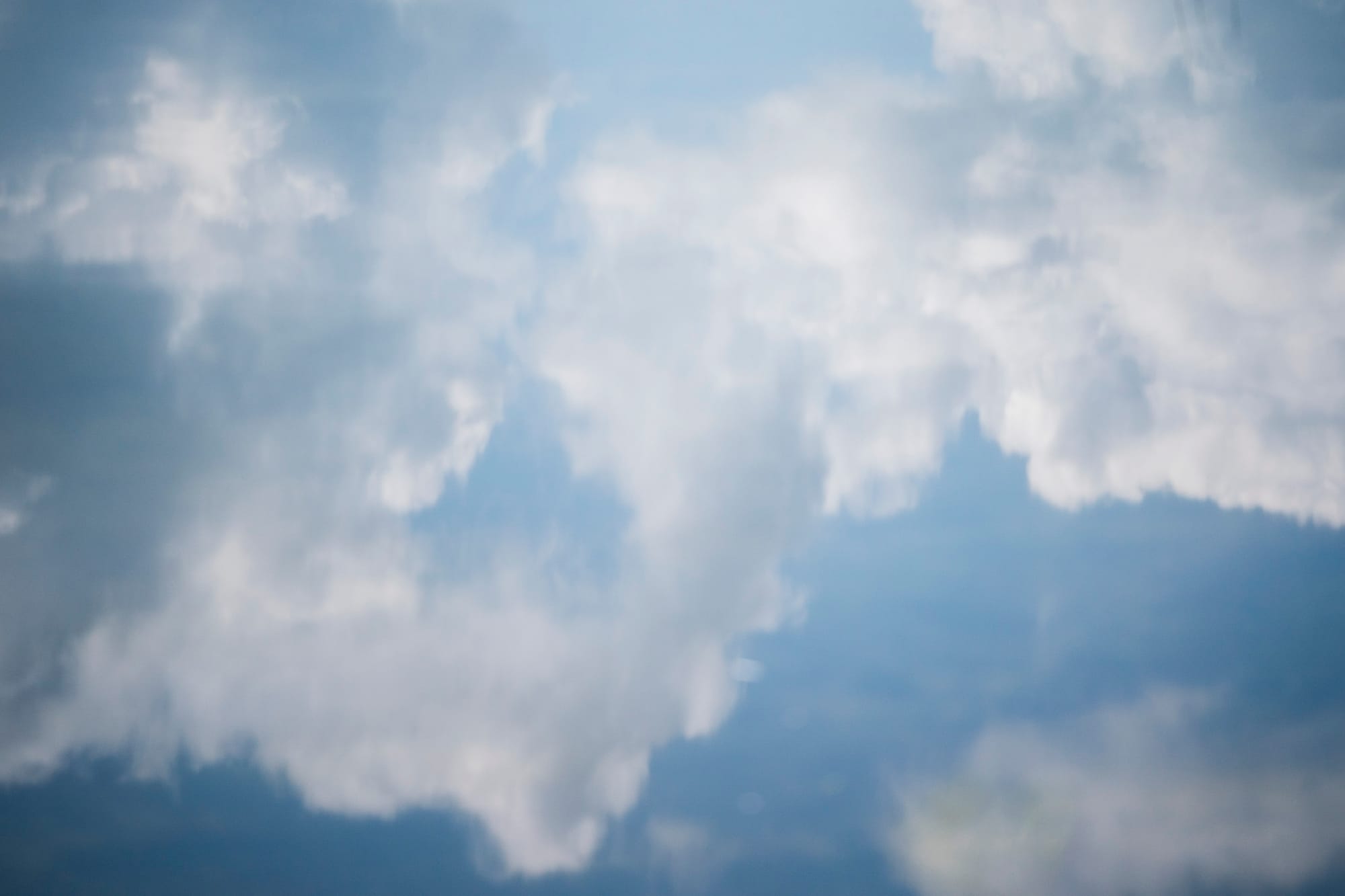
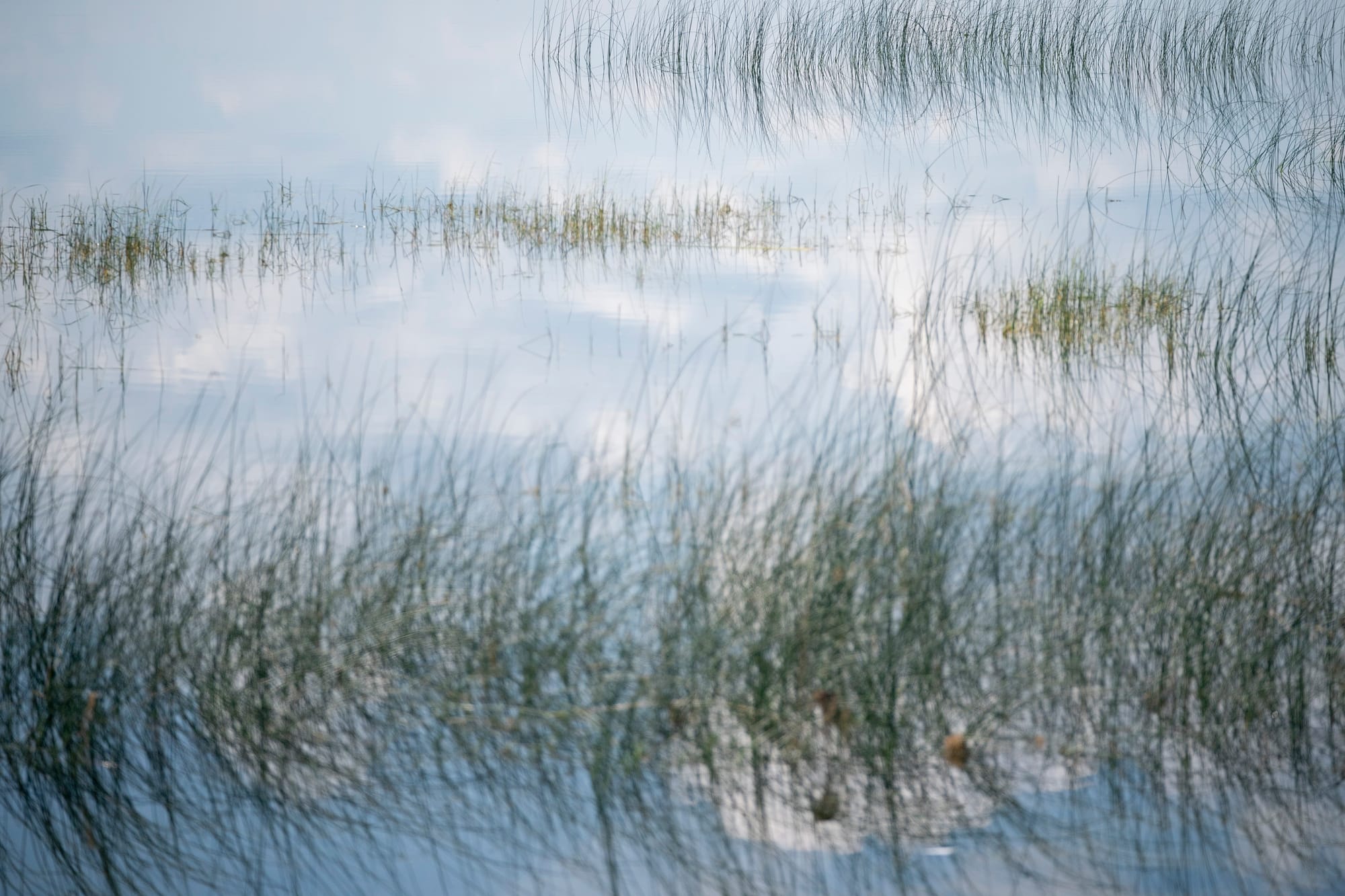
PO: Among the sky, land, and water, which is your favorite to paint? Or do you find yourself painting all three simultaneously?
KE: It's all about sky, the horizon line, and water, and the trees, — that's my favorite subject matter is all of that together. There's so many lakes right where we live here, and they're all beautiful. I don't have to go very far for inspiration, that's for sure.
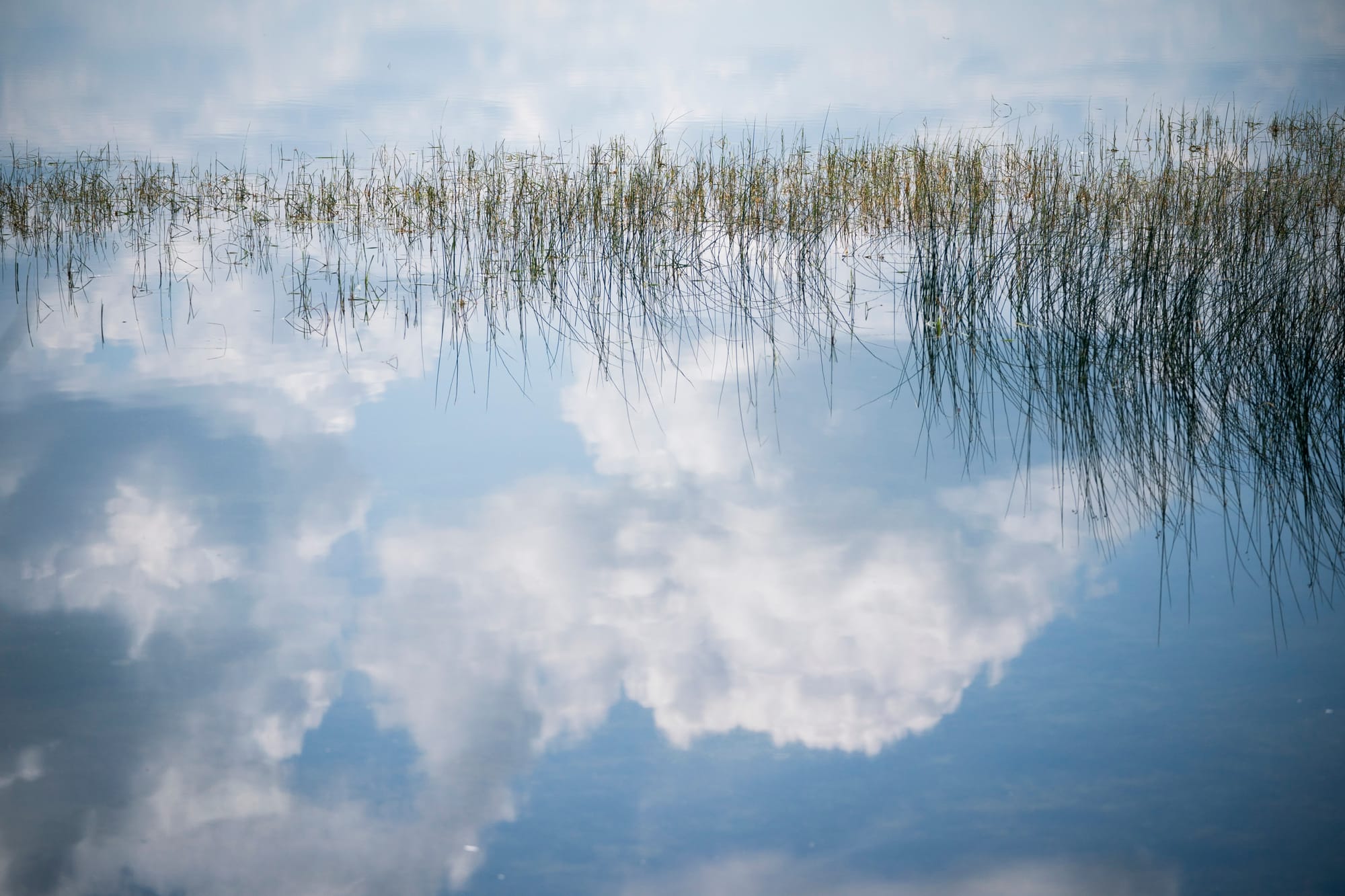
PO: I remember you mentioning that water is very important to Native people. Why is it important for you to portray water in such a dignified way?
KE: Water represents life for our people … Ojibwe people, Anishinaabe people are water protectors. It's just who we are and how we've been raised. My grandmother would always tell us, 'You don't throw anything into the water. You don't put anything on the shores. You take care of the water that's around you,' as it was their livelihood.
PO: You’ve been creating art for a long time, and I'm curious to know if you've experienced anything that has changed your life both as an artist and a person.
KE: I received a Minnesota State Arts Board Grant, and I created this exhibit featuring elders I interviewed. But I also invited Naytahwaush-based artists to be a part of this exhibit, and we ended up with 45 artists from my community. Ninety-nine percent of them never exhibited their artwork in any type of public setting before. And so we created this exhibit in Mahnomen County …
Also, I was fortunate enough to be a part of the George Morrison 100-year exhibit in Minneapolis, and I walked into the gallery, and there was my painting, and then, on either side of my painting were two George Morrison pieces. And I thought, 'OK, I'm done now. That's enough.' Because he's the one that totally changed me, changed what I do, and how I think about my art, and so to have my work hanging on the same wall as his and other artists that I admire is the best of the best.
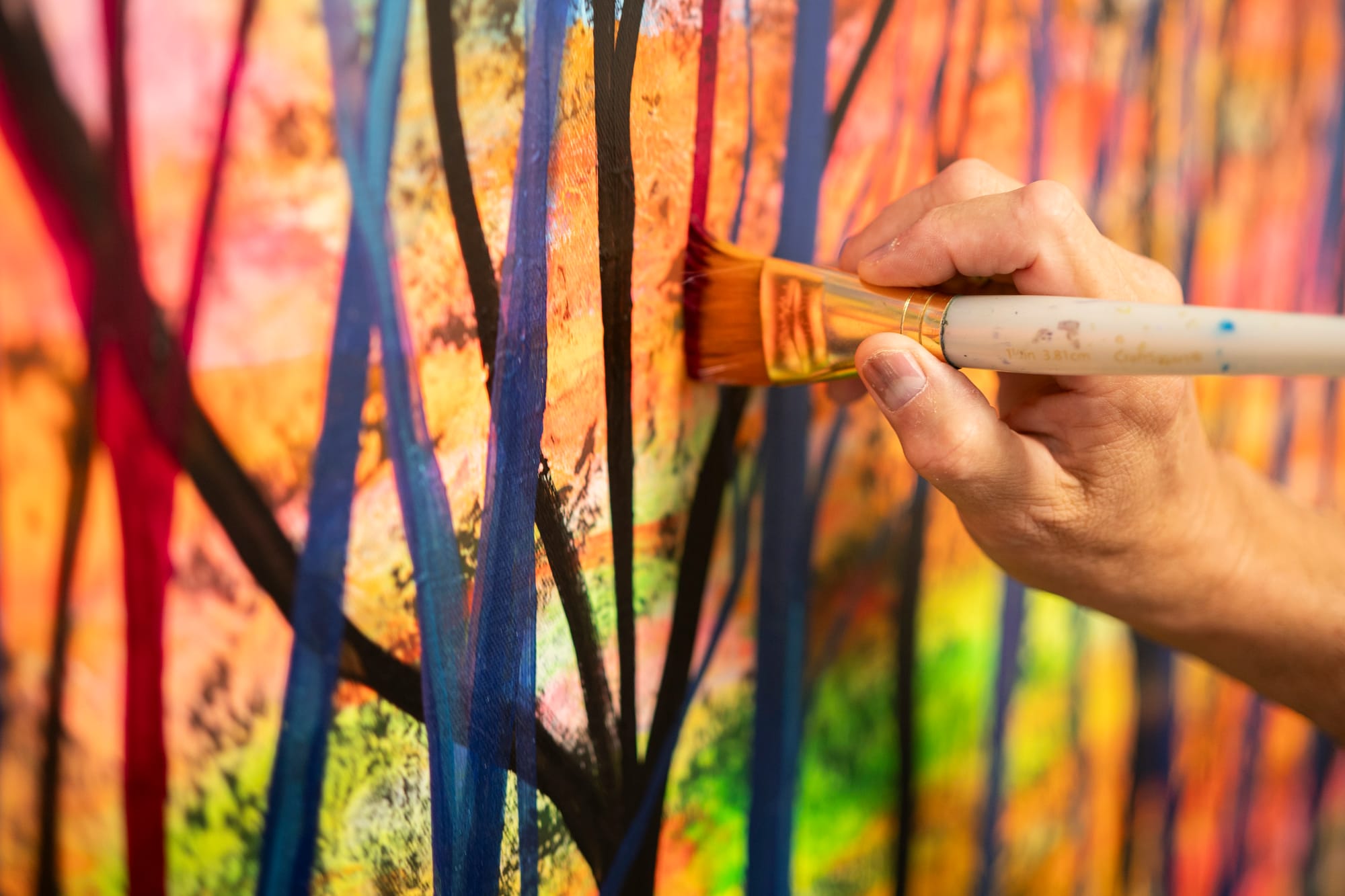
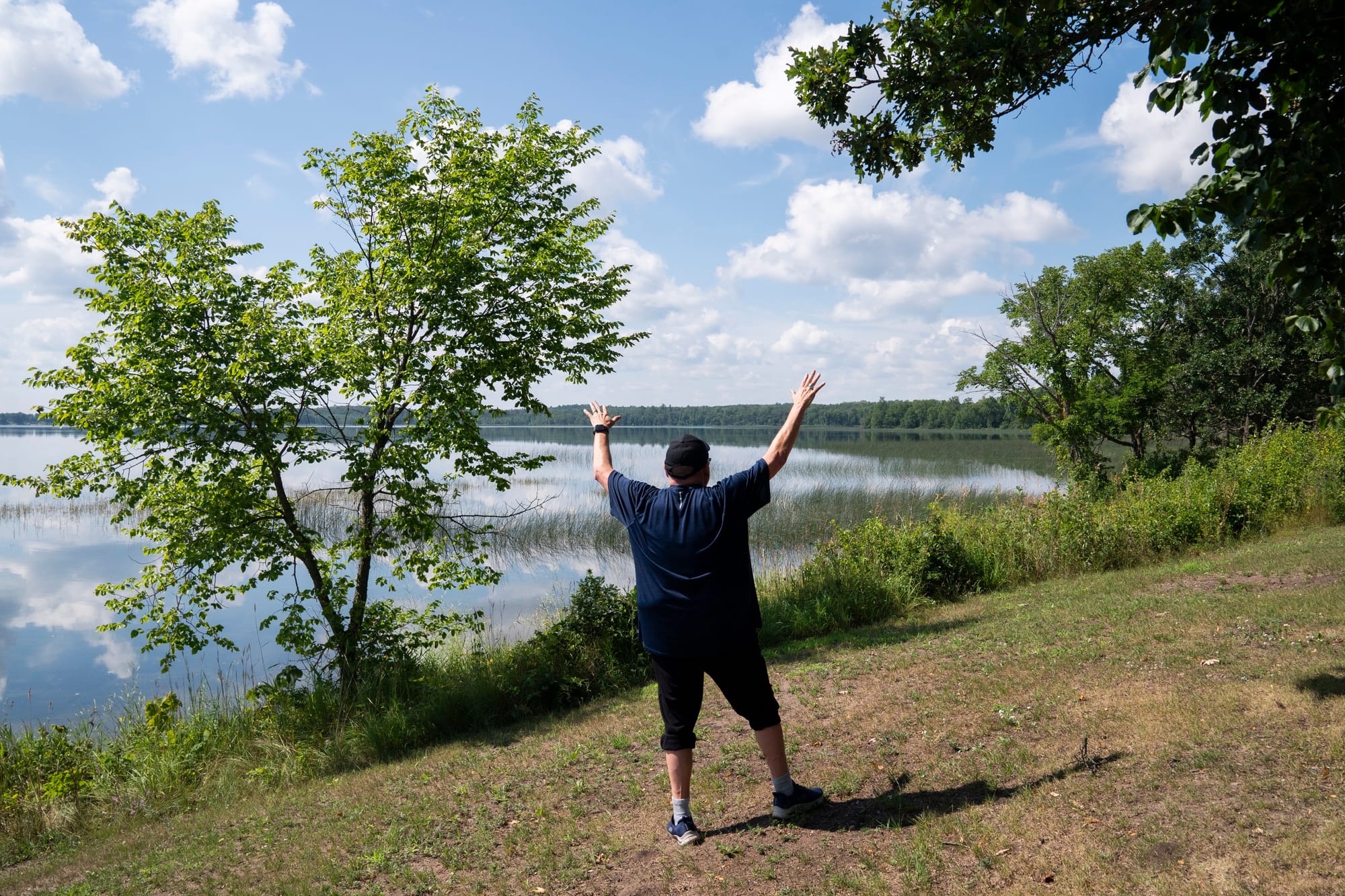
Sign up for Project Optimist's newsletter
Solution-focused news, local art, community conversations
It's free. No spam. Unsubscribe anytime.
PO: What did it feel like to see your work next to Morrison's?
KE: Wow! My art is between both of his —I can just quit … When those things happen to you, you become emotional. I became emotional.
Afterwards, I had a part in a group exhibition at the AICHO galleries at Robert Powless Cultural Center in Duluth about a year ago. On the opening reception night, Briand Morrison, George Morrison's son, came to the reception, where he played guitar. And I thought, 'How does this happen?' These aren't coincidences. These are miracles. To have his son play at my reception, then have my work hanging alongside his father's work, it's just icing on the cake.
I always kind of pinch myself sometimes, and say, 'Remember, you're just from a little town in Naytahwaush, you know, in the middle of the White Earth Reservation.' You live out in the woods and then you realize all these wonderful things are happening because of art. I trust myself, and I listen to what my heart tells me I should paint.
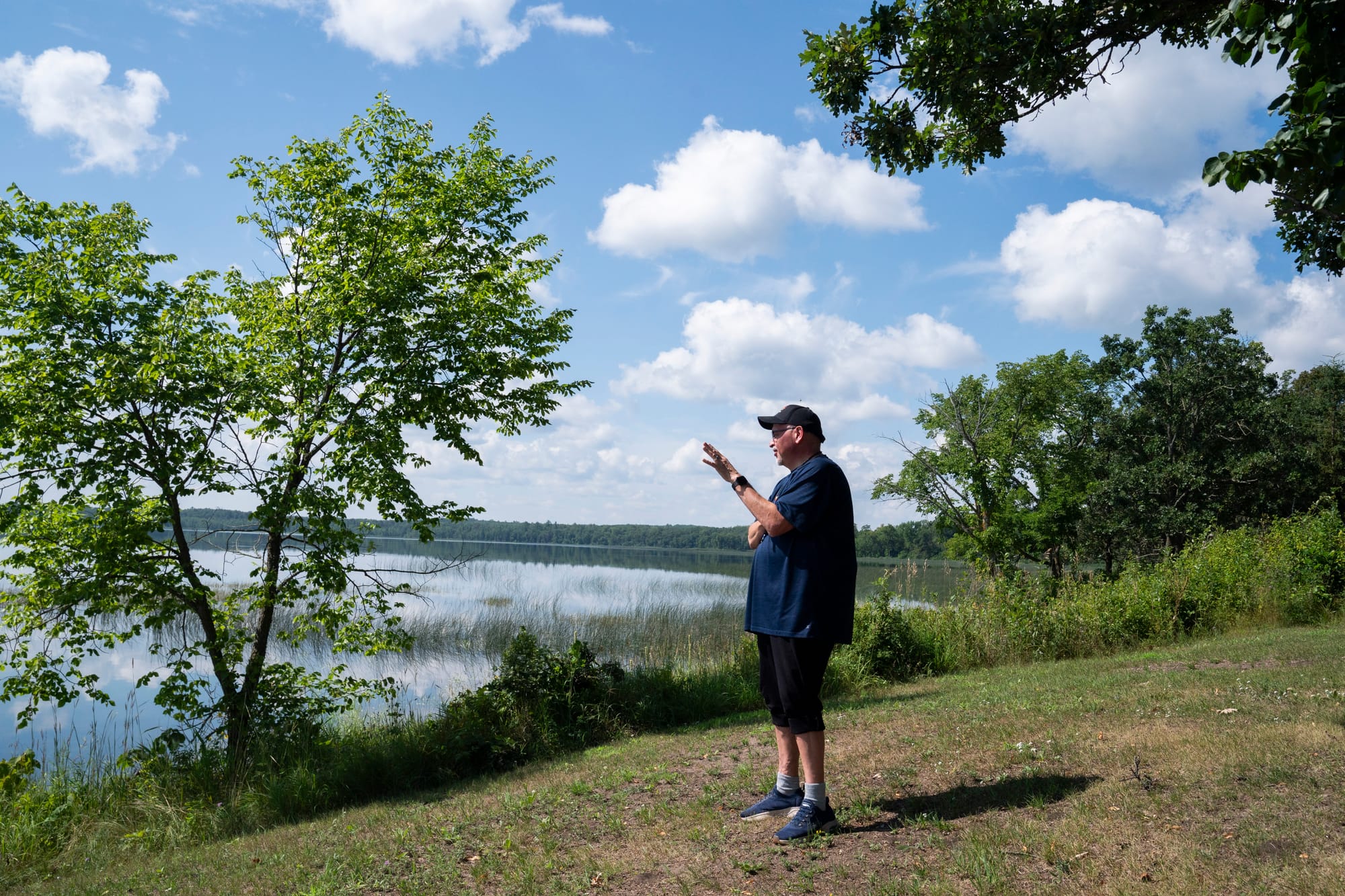
PO: Is there anything else you’d like to mention?
KE: Yes, the first exhibit I curated featured Josephine Robinson, my grandmother who was a black ash basket artist, whose work can be seen in the Minneapolis Institute of Art, can be found at naytahwaush.com, along with exhibit information, the history of Naytahwaush, and a thousand photos that I gathered over the years are also archived on the site.
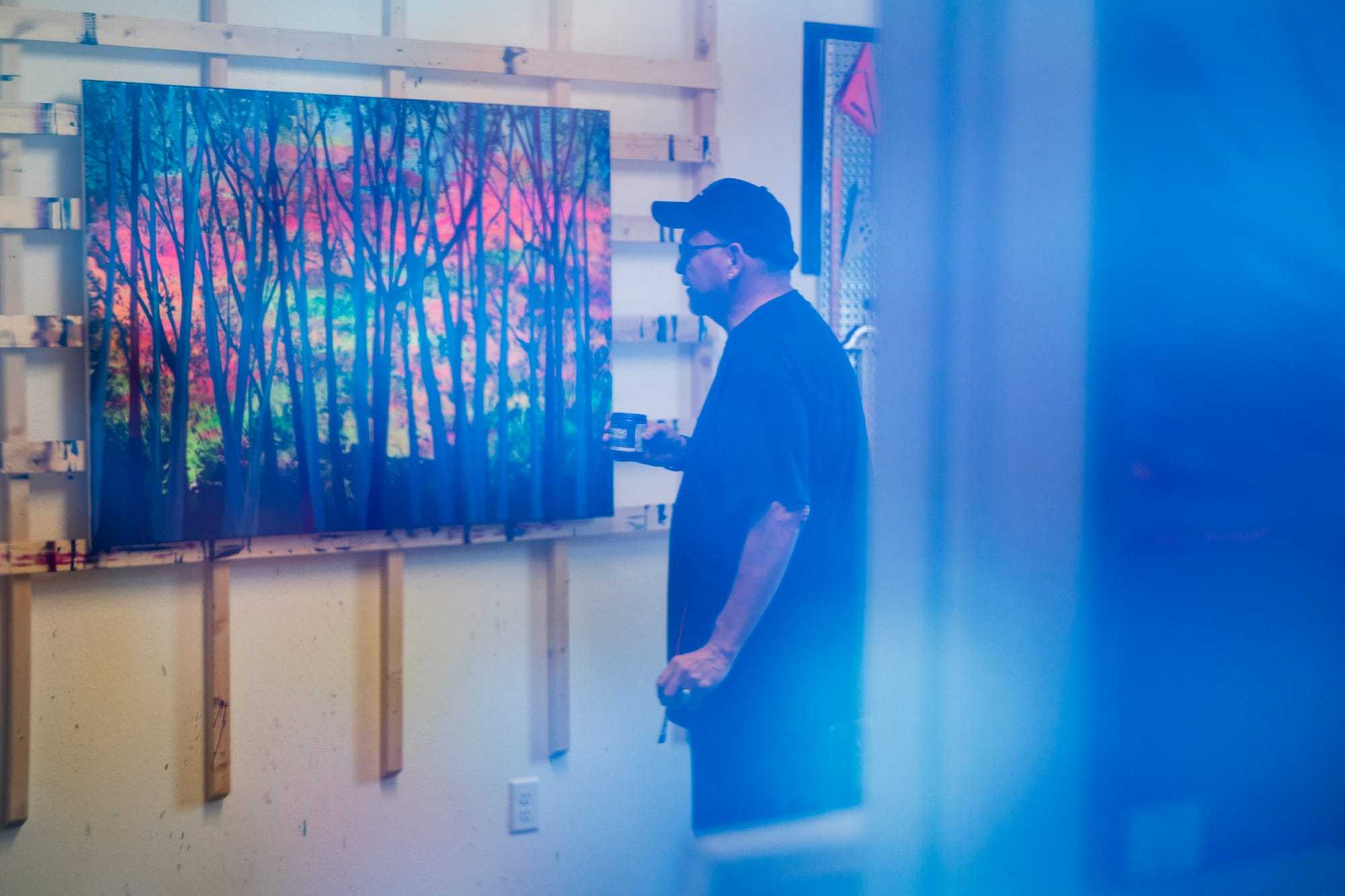
This story was edited and fact-checked by Jen Zettel-Vandenhouten.
This story is part of Project Optimist's Biophilia series, which explores the intersection of art and nature. The series is supported by a grant from Arts Midwest. Learn more here.
